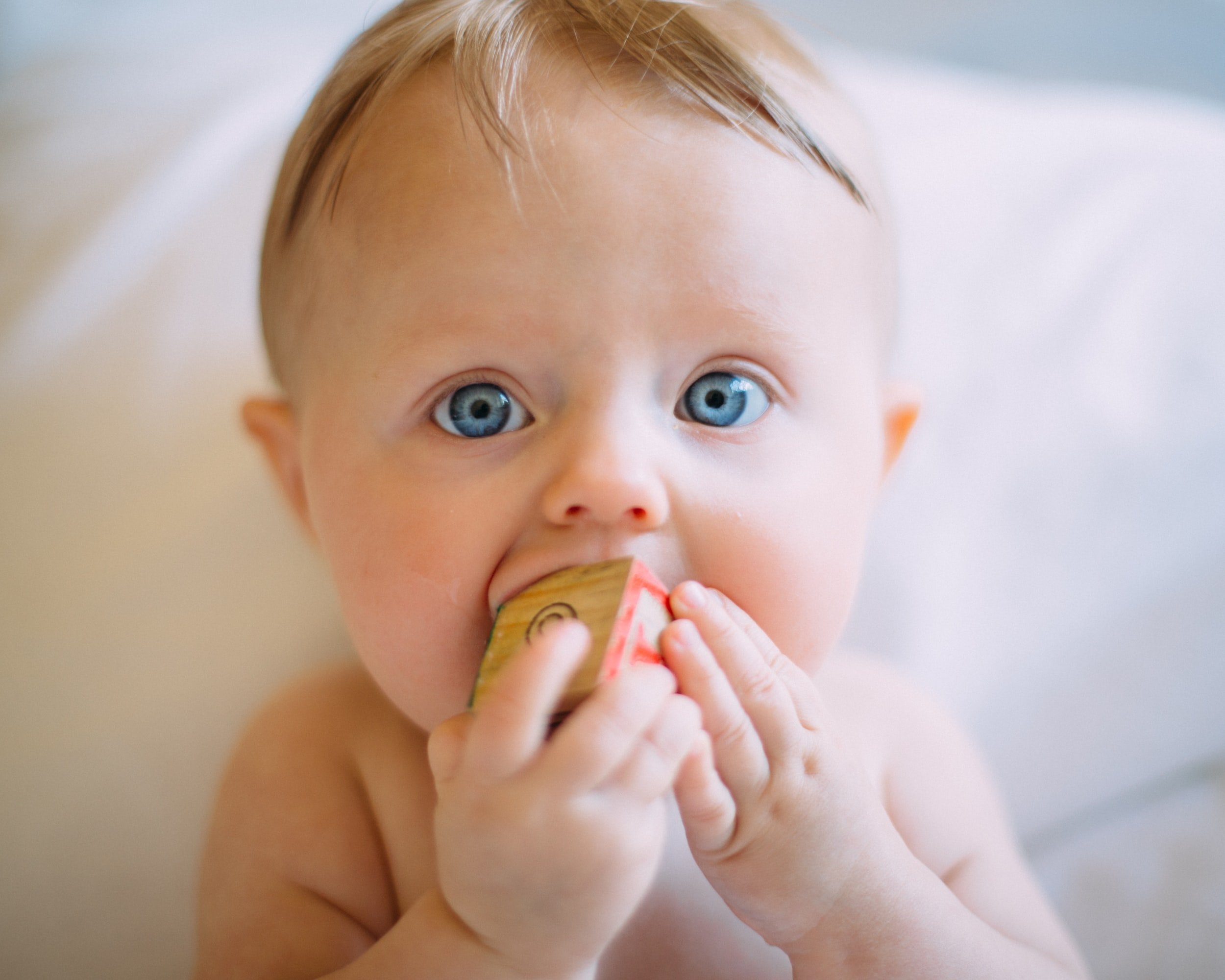Drooling Rash - what is it & how do you treat it?
Babies constantly explore the world around them with all of their senses and that often involves using their mouth, which can mean a LOT of drool. Especially when they’re teething!
But a baby’s salivary glands also working more when they’re around 2-3 months old, so often your little one may be drooling even when they’re not getting any new teeth.
Where there is drool, there is often drool rash. You may have also heard it referred to as teething rash, lip licker’s dermatitis, or spit-up rash.
Drool rash is a type of contact dermatitis that occurs when excess saliva irritates the skin around your baby’s mouth or chin for prolonged periods of time. It can also appear on your baby’s cheeks, in the folds of your baby’s neck and on your baby’s chest as a result of too much wet skin due to saliva.
Drool rash may look like a red, inflamed, bumpy rash that can be itchy and sore. It may also have a chapped appearance.
The most likely culprit is drool, but your baby may also develop a rash if they use a pacifier that keeps that skin wet or if smeared food is left on their face for too long.
Things you can do to prevent a drool rash include:
Have a soft burp cloth handy at all times to gently wipe away any drool - especially after feedings and naps
Try using a bib if your baby drools enough to dampen their shirts. Change bibs as soon as they become damp and replace it with a clean, dry one.
Take breaks from pacifiers. They can encourage drool rash if the saliva is trapped against your baby’s skin.
Don’t wait too long to clean your baby’s face after meals.
You can treat most cases of drool rash from home:
Wash the afflicted areas gently with warm water, then pat dry. Avoid rubbing which can irritate your baby’s skin more.
Apply a thin coat of a healing ointment, like Aquaphor or petroleum jelly, to act as a barrier between your baby’s skin and drool.
Avoid irritants. Use mild, unscented baby washes at bath time.
Avoid using lotion on drool rashes. Skin should be kept as dry as possible and treated with a healing ointment.
If your baby’s drool rash hasn’t improved after a week or so, or if the rash worsens, is cracking or painful - call your pediatrician. Occasionally, your doctor may recommend using hydrocortisone cream for limited time.
Your PediPals



